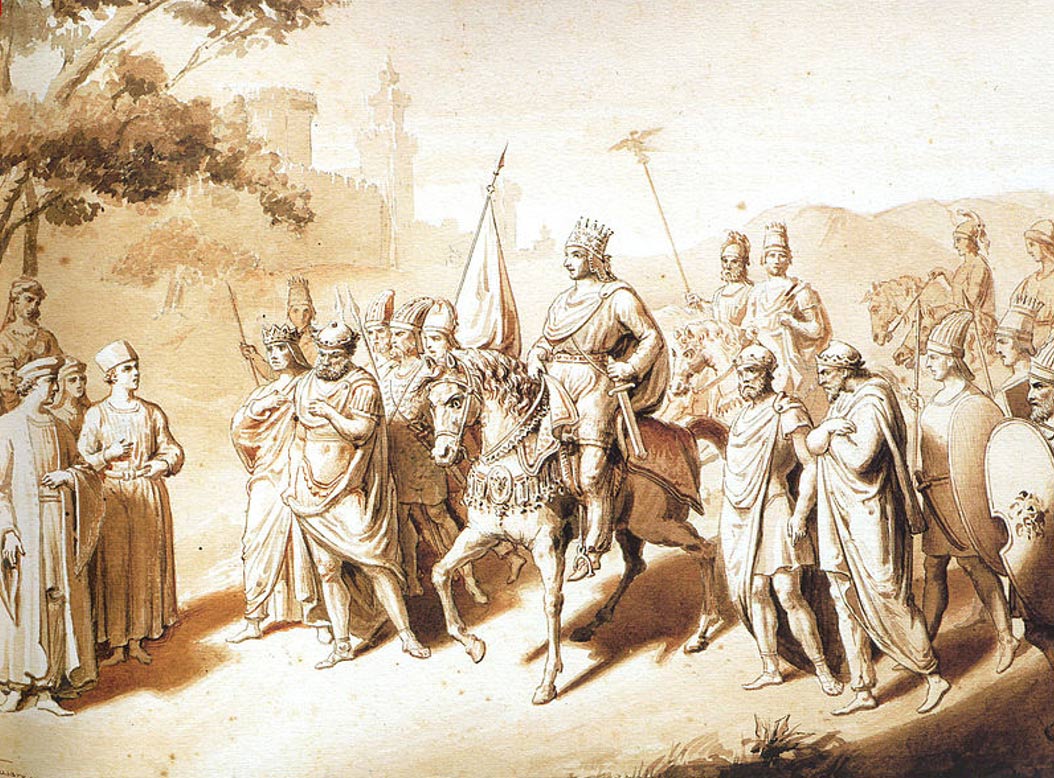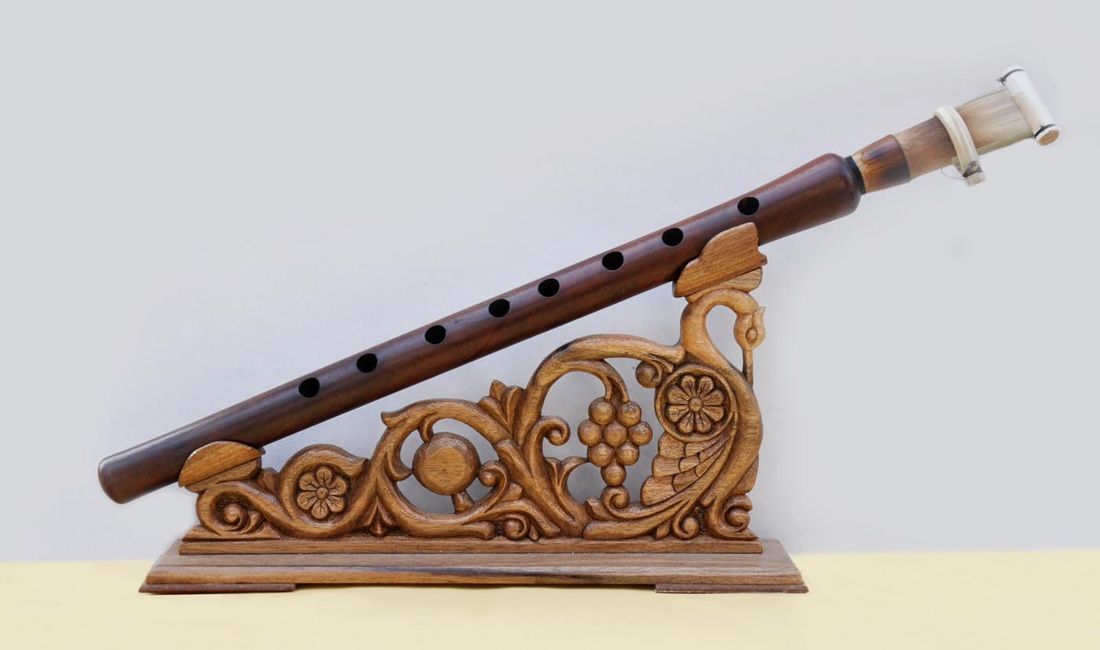The duduk, the Armenian oboe, is a double-reed wind instrument characterized by a warm, soft, slightly nasal timbre. It belongs to the category of aerophones, which also includes the balaban played in Azerbaijan and Iran, the duduki common in Georgia and the ney in Turkey.
The origins
The soft wood of the apricot tree is the ideal material for the body of the instrument. The reed, called ghamish or yegheg, is a local plant growing alongside the Arax River. The roots of Armenian duduk music go back to the times of the Armenian king Tigran the Great (95-55 BC).

It accompanies popular Armenian traditional songs and dances of the various regions and is played at events, such as weddings and funerals. Although there are also famous duduk soloists, among them Gevorg Dabaghyan and Vache Sharafyan, the duduk is usually played by two musicians. One player creates the musical environment for the lead melody by playing a continual drone held by circular breathing, while the other player develops complex melodies and improvisations.
Types of duduk
There are four major types of duduk, varying in length from 28 to 40 cm. This variety allows the sound of the duduk to express various moods depending on the content of the piece and the playing context. The 40-cm long duduk, for example, is regarded as most appropriate for love songs, whereas the smaller one usually accompanies dances. Today, duduk craftsmen continue to create and experiment with different forms of duduks.

Many Armenians consider the duduk as the instrument that most eloquently expresses warmth, joy and their history. Over the last few decades, the popularity of Armenian duduk music has faded, in particular in the rural areas where it originated. The duduk instrument is played less and less in popular festivities, but more often as a staged performance by professionals, risking to threaten the music’s viability and traditional character.
In 2008, UNESCO inscribed the duduk on the Representative List of the Intangible Cultural Heritage of Humanity.
Source:
- Duduk and its music, Armenia. UNESCO Intangible Cultural Heritage of Humanity.

